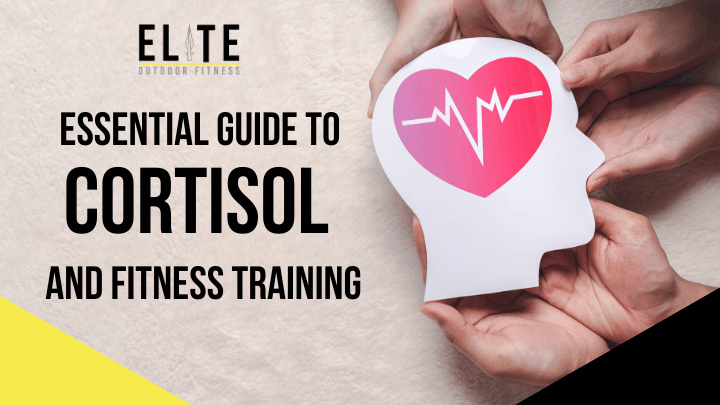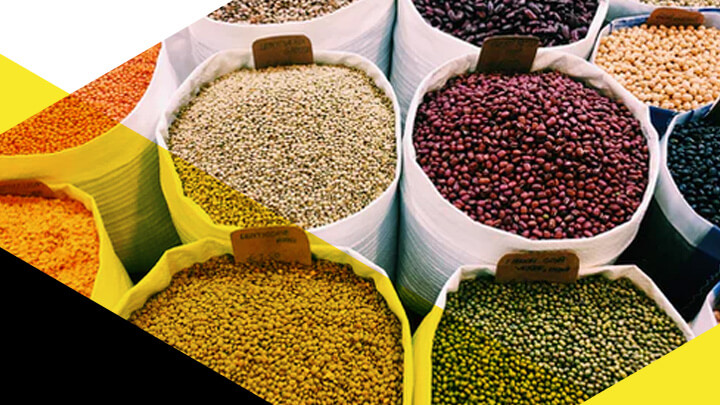What is the importance of fats
In this article Nick takes a look at Healthy Fats and what they mean for sports performance

Healthy Fats for sports performance
Importance of fats
Fats help cells to communicate, abort essential vitamins and minerals, manage weight loss and essential structure and functioning elements to the body. Fat is the primary fuel for moderate to intense exercise. Fat is a metabolic fuel for muscles during exercise. Fat is not used for intense short bursts of speed and yet when an athlete becomes more efficient it is easier for them to operate at lower intensity but maintaining high level of work rate thus metabolic efficiency. If an athlete is working at a lower rate stored fat is used as fuel for the muscles. Carbohydrates are so important for an athlete but it’s the stored fat that will get them to the end for efficient ultra and endurance athletes.
Heat sensitive good fats
Cooking oils above 170 degrees will change its make-up and antioxidants are replaced with free radicals which can be harmful to the body leading to a less healthy intake of fat after cooking. One way round this when frying it to add a small amount of water to ensure it struggles to get the higher destructive temperature.
Types of fat
There are two types of fats, Saturated (saturated and Trans) and Unsaturated (Monounsaturated and Polyunsaturated). Any fat that is not used by the body’s cells or used as fuel is converted and stored as fat as is true for unused protein and carbohydrates.
It’s true that good fats are good for you and they perform some very unique and healthy functions in the body and overall fat (good and bad) is essential to our health. Yet it’s important to note that if you have an already high fat diet, this can be detrimental to add more fat no matter if they are good fats or not. Most fats are made up of a mixture of saturated, Monounsaturated, Polyunsaturated and potentially Trans fats. So, if you have eaten foods that day that are high in saturated fat and then have a salad and feel it can only be healthy to put some olive oil on, which is a mixture of fats, you will be getting good fats but having way too much bad fat which can be unhealthy. They key is to try and reduce the amount of bad fats that you intake and have a good balance in the good fats that you consume each day and preferably without cooking them.
All fats have roles to play within the human body and so it’s important to not completely take out of your diet but to intake in moderation and with balance. It is suggested that saturated fats should not take up more than 10% of your daily intake of calories and not to exceed 25% of your overall fat intake to include Poly and Mono. (10% saturated and 15% Poly and mono)
Saturated fat – Classed as a bad fat and can normally be found as a solid at room temperature. They can be found in butter, lard, coconut oils, and ghee, meat, biscuits, dairy products. Consuming more than the recommended intake of saturated fat will increase your bad cholesterol or Low-density Lipoproteins (LDLs) which will start to narrow your arterial walls and therefore increase your blood pressure, increase risk of heart disease and stroke and other health issues.
Trans fat – Classed as bad fat and can normally be found in solid form at room temperature. There are two types of Trans fats, natural and artificial. Natural trans fats can be beneficial to your health and are actually taken as food supplements such as CLA. They are typically found in meat such as cattle, goats and sheep (grass feeders). Artificial trans are very unhealthy fats and occur when vegetable oils are chemically altered to stay at room temperature which gives them a longer shelf life. Artificial trans fats increases LDL count without increasing HDL count thus increasing heart disease and reducing good cholesterol. Some might think that getting rid of the butter and replacing with margarine high in trans fats will be healthier when in fact they are only helping reduce the amount of good cholesterol which helps fight heart disease and increase the LDLs which increases heart risk and other illnesses. Sticking with butter can be suggested to be healthier of course because you are reducing trans fats, but consideration on how much saturated fat you are consuming as part of your diet is key.
Monounsaturated fat – Classed as a good fat and can normally be found as a liquid at room temperature. They can be found in foods such as nuts, avocado, vegetable oils and some plant foods. These fats are higher in High Density Lipoproteins (HDLSs) and so do the opposite than LDLs and actually help lower LDLS within the blood and its suggested can actually reverse the effects of arterial clogging by removing the wax like LDL substance from the arteries.
Polyunsaturated fat – Classed as a good fat and can normally be found as a liquid at room temperature. There are two main types of these fats which are Omega 3 and Omega 6 fats. Omega 3 can be found in oily fish such as kippers, herring, trout, sardines, salmon and mackerel. Omega 6 can be found in oils such as Rapeseed, corn, sunflower and some nuts.
Some types of Omega 3 and 6 cannot be made in the body and so we must consume them.
Omega 3 and 6 play key roles in heart health, supporting mental health and managing and preventing depression, Parkinson’s disease, psychosis and other mental health issues, reduction in weight and waist size, decreasing liver fat, supporting infant brain development, fighting inflammation and much more.
Conclusion
Fats are essential for many key areas for the body’s survival and in sports performance. It’s important to manage and find balance in having the right amount of fat and type of fat. Starting to understand what foods what types of fat have in will be a good start to manage your diet.
Related Articles
If you've enjoyed this post why not try these related articles…



